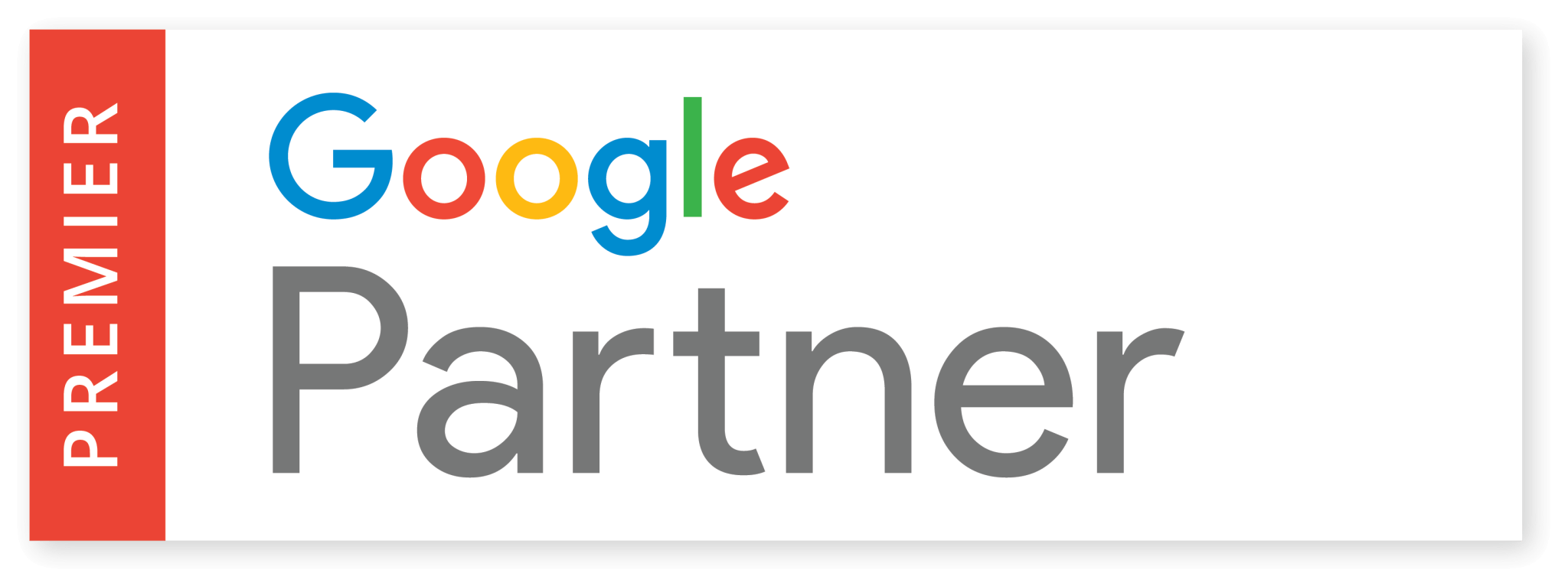Search Engine Optimization
Search engine optimization (SEO) is a complex digital marketing strategy comprised of technical components, content production and link development. While it takes patience and commitment to earn results, it has a high and long-term ROI valued by businesses.
What is SEO?
SEO is the process of improving the visibility and ranking of websites and online content in search engine results pages (SERPs) on Google and Bing. SEO has changed drastically over time as search algorithms have become smarter, automated and more strict. This field of digital marketing requires a keen understanding of the techniques and strategies that aim to improve the user experience and give search engine users relevant, high-quality content.
Who Can Use SEO?
Search engine optimization (and search engine marketing) are vital to any business with a website. Known as a form of permission marketing, search enables you to be visible when people search for keywords related to your website rather than being invasive like TV ads, radio ads or print marketing.
SEO is a key marketing strategy for small businesses like real estate agents, law offices, medical practices, home services professionals and more. It’s also critical for larger publisher sites, e-commerce organizations and SaaS companies.

When you search information, a product or service in Google and Bing, the organic results are driven by content and SEO.

When you search information, a product or service in Google and Bing, the organic results are driven by content and SEO.
What is SEO?
SEO is the process of improving the visibility and ranking of websites and online content in search engine results pages (SERPs) on Google and Bing. SEO has changed drastically over time as search algorithms have become smarter, automated and more strict. This field of digital marketing requires a keen understanding of the techniques and strategies that aim to improve the user experience and give search engine users relevant, high-quality content.
Who Can Use SEO?
Search engine optimization (and search engine marketing) are vital to any business with a website. Known as a form of permission marketing, search enables you to be visible when people search for keywords related to your website rather than being invasive like TV ads, radio ads or print marketing.
SEO is a key marketing strategy for small businesses like real estate agents, law offices, medical practices, home services professionals and more. It’s also critical for larger publisher sites, e-commerce organizations and SaaS companies.
The Right SEO Strategy for Your Business
Local SEO
A locally-focused SEO campaign helps small business websites get in front of regionally targeted customers. When someone searches “location + service” or “service + near me”, websites show in the local 3-pack of results or in the natural listings.
Enterprise SEO
An enterprise SEO campaign is aimed at increasing traffic for large-scale websites with hundreds of pages of content. A more robust search strategy is required because of the depth of these types of sites, technical SEO concerns and content scalability.
E-Commerce SEO
E-commerce websites power hundreds of pages of product categories, product detail pages and information to help users make a purchase. However, these systems aren’t always the most SEO-friendly. A solid SEO plan helps grow revenue.

Results That Matter
Search engine optimization is all about growing the most important KPIs for your business. This could mean improving brand recognition, traffic for new products and services or revenue for those products and services.
Every client we work with has a unique set of goals and challenges that we take the time to understand to be able to provide the best results possible. SEO requires patience and commitment, but it can substantially change your bottom line.
We believe in data and measure the results of SEO campaigns through Google Analytics 4, Google Search Console, Ahrefs, SEMRush and more. These SEO tools allow our analysts to thoroughly trends in data, competitors and how we can align your SEO with what works best.
The 3 Pillars for SEO Success
Although every website and client’s business is unique, there are there disciplines of SEO we follow to find success.
Technical SEO
A website must be technically proficient to be competitive in search results. This ensures search engines can find and properly understand your website anytime it is crawled.
Content Stratgy
Content is the backbone of a website and what helps it rank in organic search results. Properly optimizing content and producing new intent-driven content is key to SEO success.
Link Acquisition
Digital PR and media placements help Google and other search engines find your site through relevant links. We focus on quality over quantity to help your site meet its ranking potential.
Frequently Asked SEO Questions
How do search engines rank websites?
Search engine rankings are affected by many things including the structure and organization of a website, the relevance and expertise of the content, links and mentions from sites that are trustworthy and relevant, user experience and how well a website works, mobile-friendliness and pagespeed / load time.
How do I know which keywords to use on my website?
To choose the right keywords, you need to know your target audience, do keyword research, and think about things like the number of searches, the competition, and how relevant the keywords are. Start by thinking of keywords that could be used to describe your business. Then, use keyword research tools to figure out how popular they are and how much competition there is. Aim for a mix of high-volume, medium-volume, and long-tail keywords that match your content and the search intent of your target audience.
Does the design of my website impact SEO?
Yes, the way your website looks can have a big effect on SEO. A well-designed website makes it easier for people to find information, move around, and interact with your content. Search engines put more weight on websites that give users a good experience, so things like mobile responsiveness, site speed, clear site structure, intuitive navigation, and easy-to-read content can all help your SEO rankings. A professional-looking website design can also increase user engagement, make people stay on the site longer, and get people to share your content, which is good for SEO in a roundabout way.
How long does SEO work take to show results?
When you see results from your SEO work depends on a number of things, like how competitive your industry is, the current state of your website, the quality of your SEO strategies, and the search engines’ algorithms. In general, it takes time for search engines to crawl and index your website and for your optimizations to work. It’s common to see changes in rankings and traffic within a few months, but it can take anywhere from six months to a year or more to see big changes.
How is on-page SEO different from off-page SEO?
On-page SEO is the process of directly optimizing your website’s content, meta data, URLs, headings, internal links and more. Its main goal is to make your website easier for search engines and people to use. Off-page SEO, on the other hand, involves things like earning links, marketing on related sites, and maintaining your online reputation. It aims to improve your website’s reputation, authority, and overall visibility on the web, which contributes to rankings.
Should I hire an SEO company or can I do it on my own?
Whether you should hire an SEO company or do it yourself depends on a number of things, like how much you know about SEO, what resources you have, and how complicated your website is. SEO requires technical know-how, constant monitoring, and keeping up with changes to the algorithm. Some businesses have their own SEO teams, but many choose to hire professional SEO companies instead because they have the experience, knowledge, and tools to put together effective strategies and get results.
Why is SEO expensive?
SEO can seem expensive because of the many things that go into making it work. Here are a few examples of why SEO costs can be high:
Skill and Knowledge: SEO needs specialized knowledge and skills. Effective SEO strategies require a lot of research, analysis, and constant monitoring to keep up with changes to search engine algorithms and changes in the industry. SEO experts spend time and energy coming up with and implementing strategies that fit the needs of each website. This adds to the cost.
Implementing SEO takes a lot of time because it requires things like researching keywords, writing content, optimizing a website, building links, and keeping track of analytics. SEO professionals spend hours on these tasks in order to do them well, which means that each project has costs that are related to the time spent on it.
SEO is a very competitive field, especially for businesses that have a lot of online competitors. To stay at the top of search engine results pages, you have to work hard and optimize your site all the time. To compete with other businesses that want the same customers, you may need to invest in more advanced SEO strategies and tools, which can add to the overall cost.
Creating Quality Content: Content is a very important part of SEO. It takes time and money to make content that is high-quality, interesting, and relevant. Whether it’s blog posts, articles, videos, or infographics, creating compelling content that speaks to the target audience and gets links and social shares can cost more.
Technical Optimization: Making sure a website is technically optimized for SEO means doing things like improving site speed, mobile responsiveness, site architecture, and fixing any technical problems that could stop search engines from crawling and indexing the site. Technical optimization usually needs the help of web developers or SEO experts, which adds to the cost.
Are there any guarantees with SEO?
SEO can improve a website’s visibility and organic traffic in a big way, but it’s important to know that there are no absolute guarantees in SEO. Here are some important things to think about:
Complexity of Algorithms: Search engines like Google use complicated algorithms to rank search results. These algorithms take many things into account, and not all of them are known to the public. So, SEO experts can make plans based on best practices, but they can’t guarantee specific rankings or results right away.
Changes in Ranking: The rankings on search engines are dynamic and can change over time. SEO tries to improve how visible a website is, but rankings can change due to algorithm updates, changes made by competitors, and other outside factors. To keep and improve rankings, there needs to be constant monitoring and ongoing optimization.
Ethical Practices: It is important to use SEO techniques that are ethical and in line with search engine rules. Some SEO companies may promise quick results by using unethical methods (called “black hat” SEO), but these methods can lead to severe penalties from search engines, such as being taken off of search results. SEO experts with a good reputation focus on long-term, sustainable strategies that put the user experience and quality content first.
ROI and Conversion Metrics: Search engine optimization (SEO) tries to bring organic traffic to a website, but the number of visitors who become customers depends on many things other than SEO. Conversions are affected by things like how a website is designed, how the user feels when using it, the quality of the product, the price, and the competition. SEO can make conversions more likely, but it can’t make them happen for sure.
SEO is a long-term strategy that requires patience and a willingness to keep at it. Search engines need time to crawl, index, and rank websites based on how well they are optimized. Depending on the industry, competition, keyword difficulty, and other factors, the time it takes to see real results can vary. It’s important to have reasonable goals and focus on making slow, steady progress.
Industries We Support with SEO
Industries We Support with SEO
SEO Tips and Advice

Are Citations Still Important to Local SEO in 2024?
What Are Citations in Local SEO? Citations are essential for companies seeking to improve their local SEO. They mention a company's name, address, and phone number (NAP) on other websites. Citations...

From HARO to Connectively: A New Platform for Quote Links
HARO is Now Connectively.us Digital marketing is constantly moving, with new tools and platforms popping up left and right. A significant change that’s recently caught the eye of many in the SEO and...
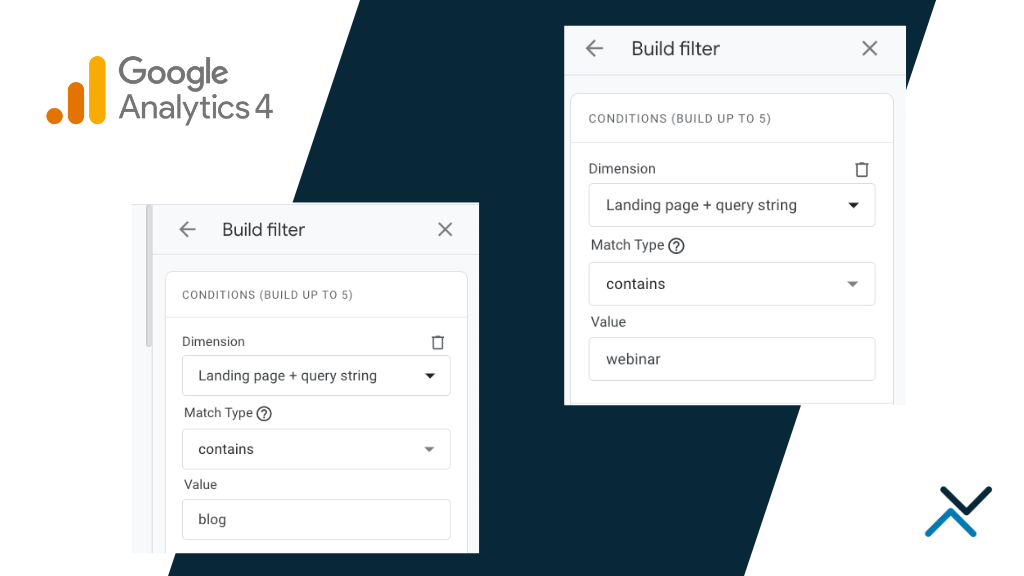
Google Analytics 4: How Do You Check Traffic for Different Groups of Pages?
How Do You Filter Traffic by Landing Page or Page Grouping in Google Analytics 4 (GA4)? Understanding your audience's behavior is paramount in digital marketing and website management. With the...
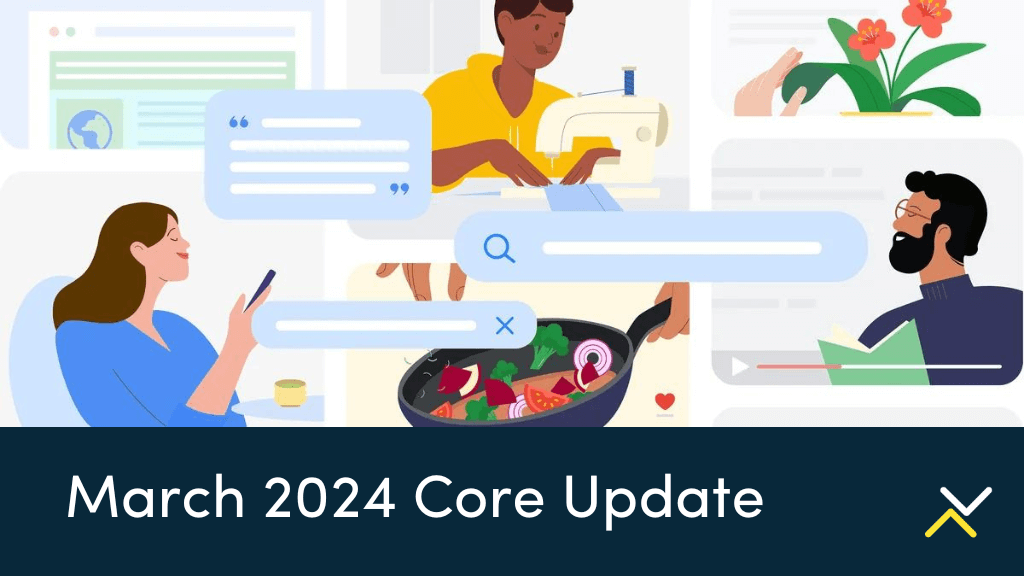
March Madness: Google Rolling Out Major Search Quality Update
Google has begun rolling out its latest algorithm update targeted toward websites with unhelpful content that is either autogenerated or generated from AI like OpenAI's ChatGPT. It's the first major...

The Essential KPIs for An SEO Campaign
What SEO KPIs Are Important? The effectiveness of SEO key performance indicators (KPIs) lies in their ability to provide tangible insights into a website's performance in search engine results....

7 Ways to Optimize Images for SEO
In the US, 20% of searches occur on Google Images, underscoring the importance of carefully selecting images for web content. Google advises optimizing images according to its guidelines to boost...

Why Are HARO Links Important to SEO?
HARO, which stands for Help a Reporter Out, is a well-known platform that connects journalists and bloggers with relevant expert sources. The symbiotic relationship fostered by HARO can...

24 Tips to Improve SEO in 2024
As we embark on 2024, the dynamic world of SEO continues to evolve with new technological advancements and changing user behaviors. With the rise of AI, generative search and constant SERP updates,...
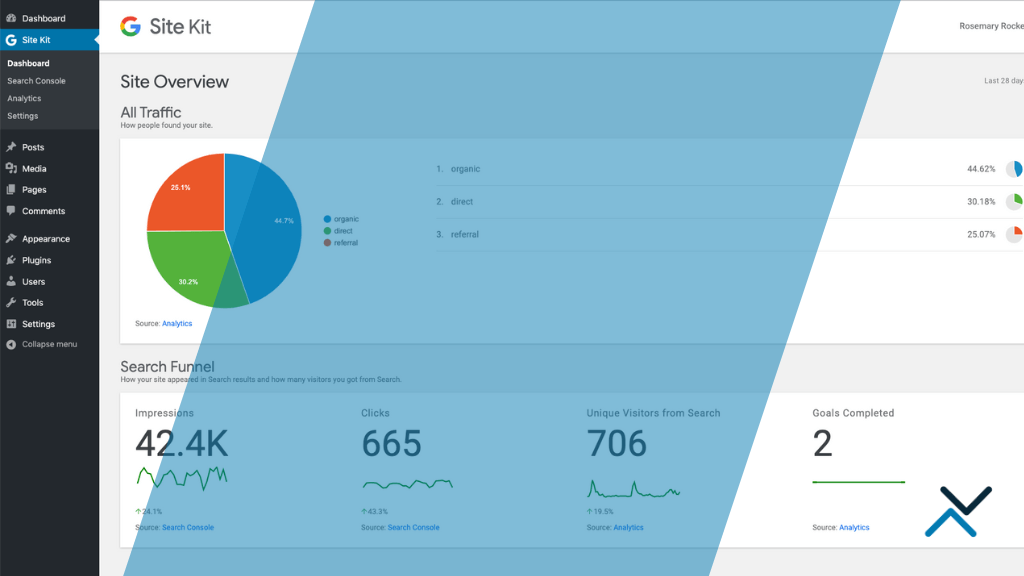
What is Google Site Kit?
Google Site Kit is an essential plugin for WordPress users, offering seamless integration of various Google services like Analytics, AdSense, PageSpeed Insights and Search Console into WordPress...

7 Link Development Ideas to Consider
As part of a digital marketing strategy, it's imperative to be continuously improving your SEO so that your website is easily discoverable by search engines. One of the best ways to achieve this is...

Key Highlights from BrightonSEO San Diego
The inaugural BrightonSEO conference in the United States has come to an end. Held in sunny San Diego, California, the conference featured a variety of speakers covering the latest and greatest...
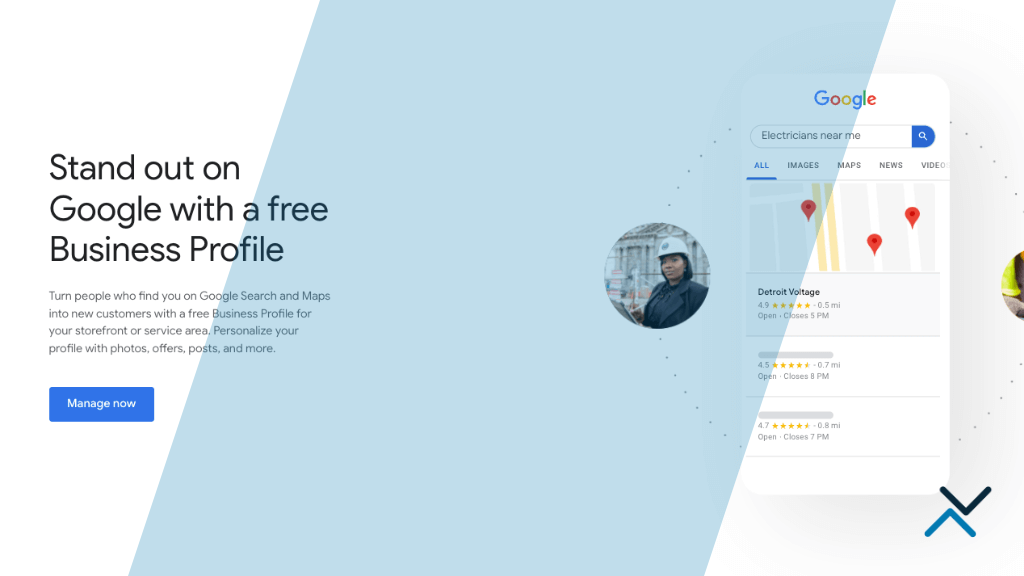
How to Provide Google Business Profile Access
Having a strong online footprint is essential for businesses today, regardless of their size or industry or location. Google Business Profile, previously known as Google My Business, is leading this...
The Octiv Note
Stay up-to-date with the latest news and tips from the world of digital marketing, web development, and SEO!
GET HELP
Connect with Us


